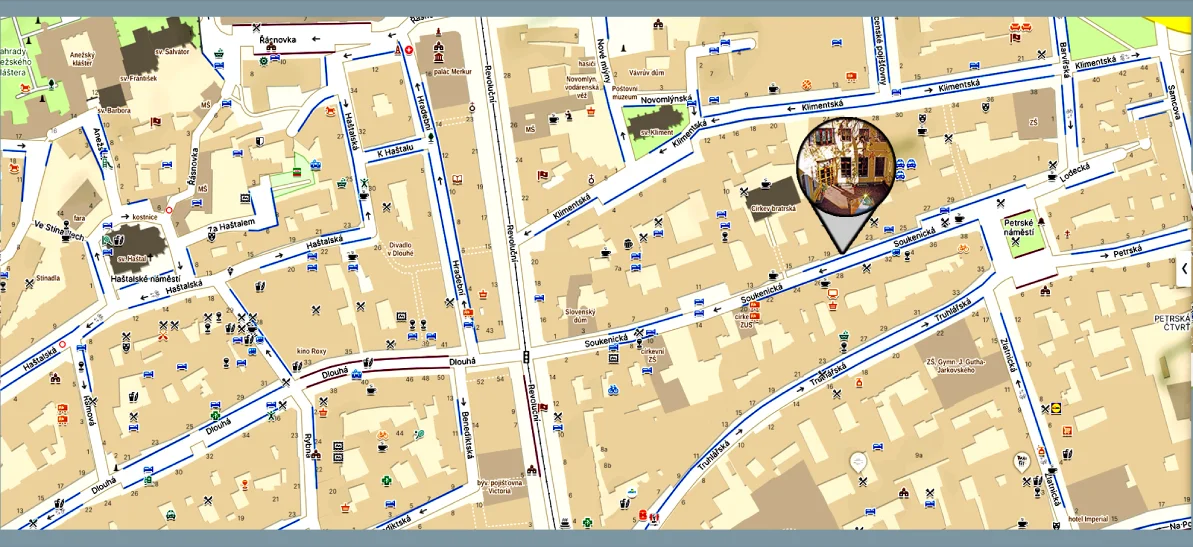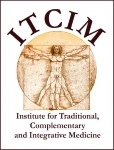
Prof. Dr. Radko Tichavský - Nuevo León, Mexico
Abstract of the presentation
Holohomeopathy – Health Begins in the Soil
Branch: Homeopathy (Agricultural homeopathy)
Holohomeopathy is an advanced agricultural method that integrates biophysical, fractal, and biochemical principles to assess and improve the health of plants, fruits, and soil. A key tool in this approach is the crystallization by evaporation of drops (CED) method, which allows for analysis of the vitality of plant extracts and soil through patterns formed after a drop evaporates on a controlled surface. The fractal local dimension (FLD) of these patterns is calculated using software and serves as an indicator of structural and biochemical complexity.
Results show that crops treated with holohomeopathy exhibit significantly higher FLD values than those from conventional agriculture, indicating better cellular structure organization, higher microbial activity, and improved ability to retain water and nutrients. Examples include comparisons of hydrosols and sap from pepper and wheat seeds grown under different cultivation methods. The importance of polyploid plants, such as Kamut (Triticum turgidum ssp. turanicum), is emphasized—these plants demonstrate greater stress resistance, improved germination, and superior nutritional value. The fractal structure of fruits also contributes to increased resistance to pathogens, better water retention, and enhanced nutritional quality.
There is a circular relationship between soil, plants, fruits, and human health: living soil supports healthy plants, which yield high-quality fruits that contribute to population health—leading, in turn, to greater investment in sustainable agriculture. Additionally, holohomeopathy has been shown to reduce agricultural input costs by up to 70%. As plants are not susceptible to the placebo effect, they serve as objective indicators of the effectiveness of homeopathic applications.
Curriculum vitae
Biography of Prof. Dr. Radko Tichavský Born in the Czech Republic, he later obtained Mexican citizenship and has been involved in the application of homeopathy in agriculture and plant care for more than 30 years. Together with his wife, he founded the Comenius Institute, an educational institution focused on sustainable fields with a holistic approach, and Ecomenius, where he currently serves as academic director, researcher, and professor of holohomeopathy. He is the author of a number of professional publications, including: • Agrohomeopathy Manual (2007) • Homeopathy for Plants (2009) • Organon of Holohomeopathy (2018) • Fundamentals of Agrohomeopathy (2018) • Manual of Holohomeopathy for Poultry (2018) • Advanced Agrohomeopathy (2021) He is the creator of the holohomeopathic method, a systematic approach applying homeopathic principles in agriculture. He has published books on this method in Spanish, Italian, and Portuguese. He regularly contributes professional articles as a columnist for Doctor of Plants on the American web portal www.hpathy.com. He has been a visiting lecturer at universities in Mexico, Brazil, and Colombia, regularly speaks at international conferences, and provides expert advice to agricultural projects using the holohomeopathic method in many countries around the world, including Mexico, Brazil, Paraguay, Colombia, Italy, France, Spain, Portugal, the Czech Republic, Greece, and India. He is a recognized international authority in the field of agricultural holohomeopathy.
Please note that some of the texts also include machine-generated translations.





